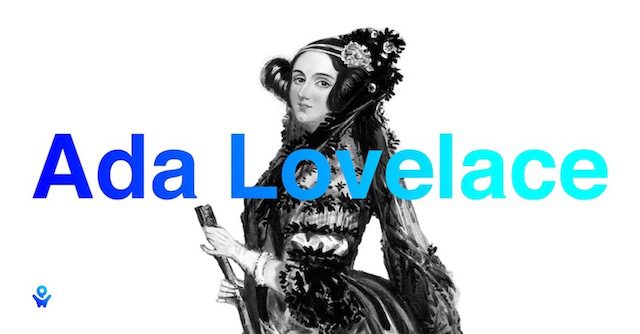Evolving Enterprise Image Exchange with PocketHealth
July 19, 2024
Read More
Augusta Ada Lovelace, also referred to as the ‘Enchantress of Numbers’ or the ‘ Princess of Parallelograms’ is often considered to be the first computer programmer. In fact, neither PocketHealth or any other company in the digital era would be here today without the contributions of this mathematical genius.
Born in 1815, Ada became educated and well travelled thanks to her mother who steered her towards music and mathematics at an early age. In 1833 at the age of 17, she worked alongside “Father of the Computer” Charles Babbage on his ‘Analytical Engine,’ which became the world’s first programmable general purpose computer and later Ada’s legacy.
Married to William King, Earl of Lovelace, Ada came to be known as the Countess of Lovelace. While fulfilling the duties of wife and mother however, she continued to study Babbage’s machine. She published a detailed outline of the machine and her vision of its future. Ada noted how the machine could be programmed to calculate Bernoulli numbers, aka an algorithm. She theorized how code could be written to handle letters and symbols and described a method for the engine to repeat a series of instructions, a process known as looping that is still used by computers today.
Almost 100 years later, Ada’s work was discovered by Alan Turing during World War II and contributed to his creation of ‘The Bombe’, the machine that deciphered encrypted messages sent by Hitler’s armed forces. Her work surfaced again in 1953 in B.C. Bowden’s “Faster Than Thought: A Symposium of Digital Computing Machines” to solidify her recognition as the first computer programmer.
In 1980, the US Department of Defence developed a high order computer language and named it ADA to acknowledge the impact of her work.
Today, we use Ada Lovelace as our sample patient name throughout our platform to honour her legacy and pay respect to her amazing contributions.